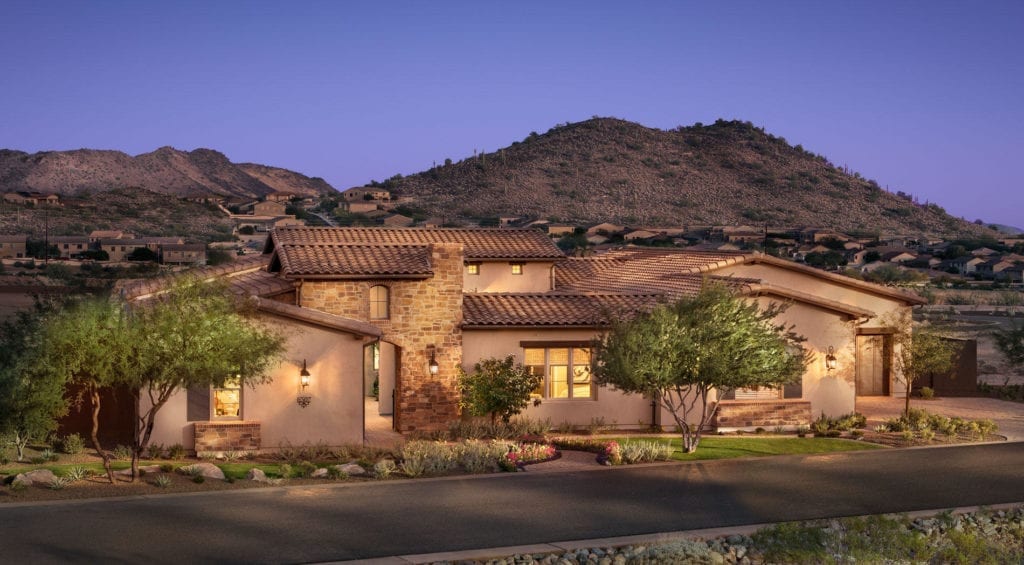
Scorpion Prone Areas
While pretty much anywhere in Arizona is susceptible to scorpion populations, there are some areas that may be more prone to scorpions than others. These “scorpion hot spots” usually fall into a few categories that we will expand upon:
- Natural scorpion habitats
- Food sources
- Human caused activity
Natural Scorpion Habitats
There are certain habitats that are simply preferable for scorpions to inhabit. These areas are naturally found in the wild or may mirror natural habitats in urban or suburban areas. In the wild, you may be able to observe these habitats while
finding scorpions with black lights and see for yourself higher scorpion activity than in other areas of the desert. There are 3 main criteria that make up a survivable scorpion habitat:
- Food
- Moisture
- Shelter
When these three conditions are met, a scorpion does not need to venture far in order to survive long term. While scorpions typically live solitary lives,
bark scorpions in particular tend to tolerate living in clusters. They aren’t really communities, like how an ant colony survives living together, as scorpions are still cannibalistic by nature.
However, if the area has enough room for shelter, sufficient moisture, and enough easy-to-catch prey as opposed to battling another scorpion equipped with stinger and venom, larger congregations of bark scorpions aren’t uncommon.
Scorpion Food Sources
Scorpions feed on a variety of insects, invertebrates, as well as other scorpions, and any place that provides an adequate amount of food can sustain a scorpion population. Crickets are a great example.
Say a home is updated with new landscaping and light features. While scorpions are nocturnal and do not prefer daylight or other lighted areas, this outlook changes with the prospect of abundant prey. These lights can draw in crickets and other insects to your yard, which in turn becomes a buffet for scorpions where it once housed none.
Your beautiful new landscape addition is now a comfortable home for hungry scorpions. This doesn’t need to be the case, as proper maintenance and preventative measures can be taken to avoid inviting scorpions onto your property.
A property that is prone to a lot of insects, and thus prey, will be susceptible to scorpion infestations. Keeping your property clean, eliminating clutter, and limiting excess lighting can help keep the insect and scorpion population at a minimum.
Human Activity
In some instances, human activity may create situations that attract scorpions into residential areas:
- Construction activity may disturb scorpions, driving them from their preferred habitat to escape to quieter, more suitable areas.
- Block fences may be able to prevent scorpions from entering your property, but under certain conditions they can provide suitable shelter as well. Cracks, crevices and other openings can provide a gateway to a dark, secluded scorpion home.
- Alleyways can act as highways for scorpions to migrate unchecked to a suitable location where they may find abundant food sources and shelter.
- Home location can also play a part in potential scorpion activity. This can include homes that back up to washes, built on floodplains, or in areas that have previously played host to a scorpion oasis, such as citrus orchards rezoned for residential land.
- While scorpions don’t really prefer grass, many of their prey do, so lawns or grassy common areas may be attractive places to feed.
Understanding where scorpions live and what
scorpions like and don’t like can aid you in keeping your home, office, and property scorpion free. A combination of DIY efforts, and professional treatments like a
scorpion home seal, can be effective in preventing scorpions from entering your space when looking for food, water, or shelter.

